Briard
Briard is a French dog breed whose original purpose was to guard, herd, and protect the flock against predators. These brave dogs weren’t only protecting flocks; they were used as military dogs during World War I. Briards carried ammunition, messages, and medic kits and were even used as sentry dogs.
These versatile dogs are incredibly affectionate towards their owners and their families. These dogs show extreme adaptability and intelligence, making them great competitors in different dog sports and trials; obedience, tracking, protection, agility, carting, herding, and conformation are just some areas these dogs excel in. Their owners describe them as
- Intelligent
- Cautious
- Loyal
- Brave
- Wants to please owners
- Confident
- Alert

Height:
22–27 in (56–69 cm)

Weight:
55–100 lb (25–45 kg)

Origin:
France

Life Expectancy:
10-12 years
Dog Breed Characteristics
The Briard is a strong dog with a muscular body that is expected from a shepherding breed. They are fairly large and have a “handsome” form. Male dogs can reach a height of 23-27 inches, while females are slightly smaller and can reach 22 - 25.5 inches. Both sexes weigh from 55 to 100 pounds.
These dogs are as long as they are tall. Their eyes are relatively large and dark in color; they should never be slanted or yellow. Dogs with those traits will be disqualified from conformation. These dogs had traditionally cropped ears, a tradition that is now forbidden in many countries worldwide. These dogs can come in various colors and combinations; the most common ones are black, gray, and tawny. Deeper colors are preferred in the show ring.
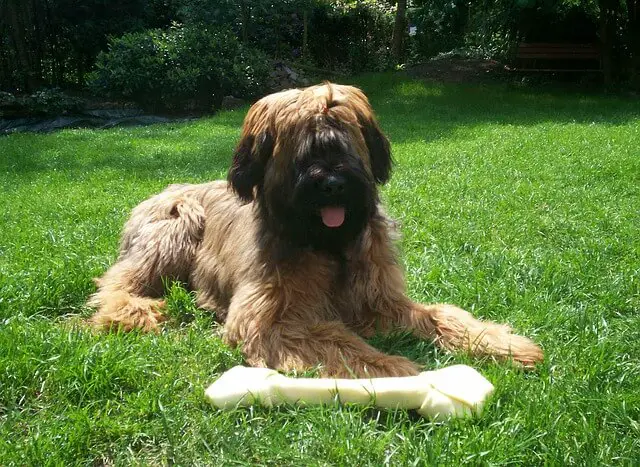
Temperament
With their family, the Briard is full of trust and affection. They might be bred as shepherds, but these dogs should not live outside in the open. They feel more at home being inside the house, curled up next to their favorite human and quietly napping. These dogs are also relatively intelligent, as you might expect from a military dog that performed so many functions during World War I. They are brave and will stop at nothing if their family needs protection.
Well-trained and well-socialized dogs are confident guardians and terrific watchdogs. Untrained dogs can develop behavioral problems and aggressive behavior. Because of their natural shepherding instincts, they are distrustful towards strangers, but training and socialization can make even the most distrustful Briard into a well-behaved and friendly dog.
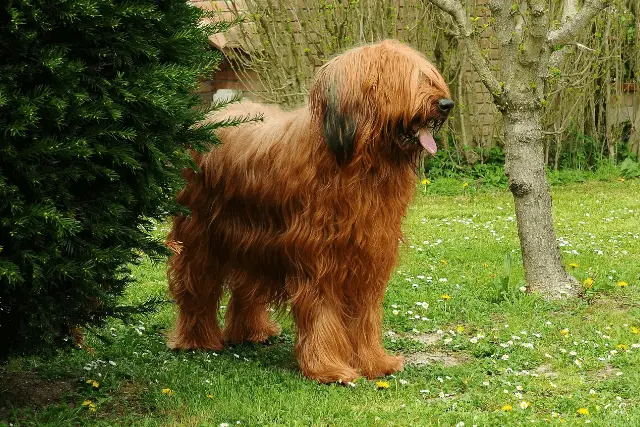
Training a Briard
Training a Briard is essential if you want to have a well-behaved dog. They are extremely intelligent, and they do not take nicely to families that do not provide them with enough mental and physical exercise. They are great workers and are capable of performing complicated tasks in different roles.
If you are interested in properly training your Briard and are unsure where to start, you can always ask professionals for help. Many puppy training programs and doggy schools can significantly help you train an active shepherding breed. This breed is one of the most trainable dog breeds in the world, and it is no wonder they are often picked as the French military and police dogs.
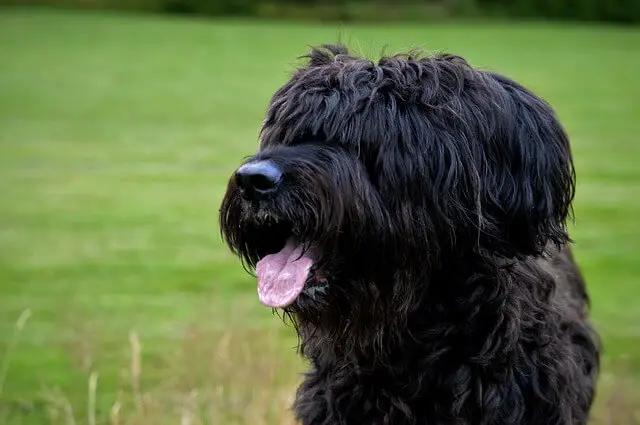
Socialization
Like any other dog breed, the Briard should start the socialization process immediately. There are many ways you can socialize your dog, and the most important thing to do is to get your dog familiar with the different situations they can find themselves in. Take your dog to dog parks where they can meet other dogs and people.
They can learn to react accordingly and understand that they don’t need to be scared of strangers and other dogs. It is also possible to socialize and teach your dog how to handle other pets and become friendly even with cats, especially if your dog was raised and socialized with them while they were young.
Socialization can even be done at home. Dress differently; wear glasses, hats, and baggy clothes so your puppy can’t immediately recognize you. Teach your puppy to stay alone and not make a fuss about it. It is the best way to ensure your puppy will grow into a stable, confident, and well-behaved dog.
Briard as a pet
Having a Briard as a pet could be very fun. They are active but can be calm and sleepy when it’s downtime. They like to have a job to do, and living a busy life will suit them better. They love doing high-intensity exercises and love training their minds as well as their bodies. There is never a dull moment when you have a Briard at home; they love searching for treats you hide, playing different games, but also curl up next to you for some cuddly time.
You should feed your dog a balanced, high-quality diet that will ensure everything they need. It is vital that their diet and training are in balance because, just like humans, dogs can be overweight if their calorie intake is bigger than their activity.

Coat and care
The Briard has a relatively long coat, about six inches long, with a coarse texture. They are a double-coated breed that has a soft undercoat. Unlike other double-coated breeds, the Briard does not shed so much. However, to keep their beautiful coat healthy and good-looking, you will need to brush your dog several times a week.
Their coat can easily tangle and mat, so if you or your family cannot provide your dog with regular brushing, think about getting a breed that doesn’t require so much grooming.
They will also need other basic care; brush their teeth at least three times a week. Check their ears for signs of infection and redness, bathe them every 6-8 weeks, and trim their nails if they don’t wear them down naturally.
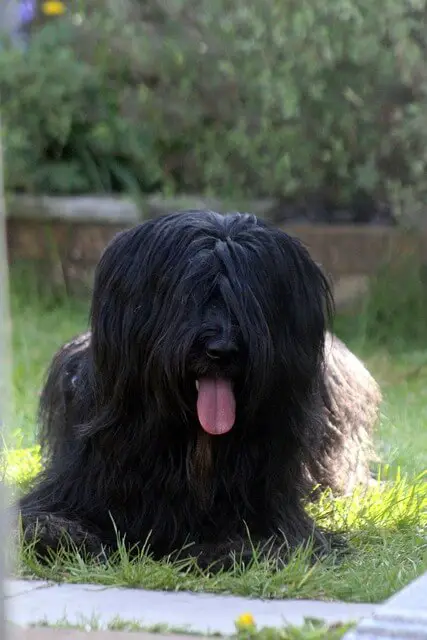
Common health issues
Briards are generally considered healthy, but they are prone to health issues and concerns like any other dog breed. These dogs have an average lifespan of 12 years. If you are buying a dog, make sure the breeder can provide you with the necessary health tests and guarantees. Always ask to see the results of tests from the puppy’s parents. The health problems these dogs are associated with are:
- Hypothyroidism - A health problem caused by the hyperproduction of hormones from the thyroid gland.
- Hip dysplasia - Genetic problem affecting hips resulting from an improperly formed hip joint.
- Von Willebrand's Disease - A problem with blood clotting can affect humans and dogs.
- Progressive Retinal Atrophy - Group of diseases that affect the retina and cause it to deteriorate over time.
- Congenital Stationary Night Blindness (CSNB) - Vision problems with various stages, from slight vision problems in dimmed light to complete blindness in any light.
- Canine cancer - Just like humans, dogs can get cancer as well. Treatments include chemotherapy, medication, and surgery.
- Gastric Torsion - Also known as bloat. A dangerous condition that causes the stomach to twist (torsion).

Briard Breeders
When getting a dog, the most important thing is to get it from a responsible and reputable Briard breeder. These dogs are energetic and protective, and getting a poorly bred dog can have catastrophic results. Responsible breeders will breed dogs that don’t only look good but have great characters as well. You must find a good Briard breeder that can help you learn about this breed and make an informed choice about getting a dog with these characteristics.
If you are unsure whether Briard is the breed for you, check out this FREE GUIDE to help you decide which dog breed is right for you.
World Dog Finder team

Updated at31.08.2023.
Breed History
The Briard is a reasonably old dog breed that can be dated back to 8th century France. In their native land, these dogs were known by their original name of Chien Berger De Brie (Shepherd dog from Brie) and were named after their exact point of origin - the region of Brie.
A legend says one of these brave dogs saved the life of the son of King Charles V, in whose honor the boy’s father built a cathedral. This has yet to be completely confirmed, but we can connect these dogs to Emperor Charlemagne regardless of legends. The Briard was featured in tapestries found from that age. This breed is also the official breed of the French army and is connected to Napoleon.
Surprisingly enough, these dogs were exported to the US before they were shipped to the UK. The widespread belief is that Thomas Jefferson imported the first Briard dog to the US. The AKC accepted these dogs in 1928.
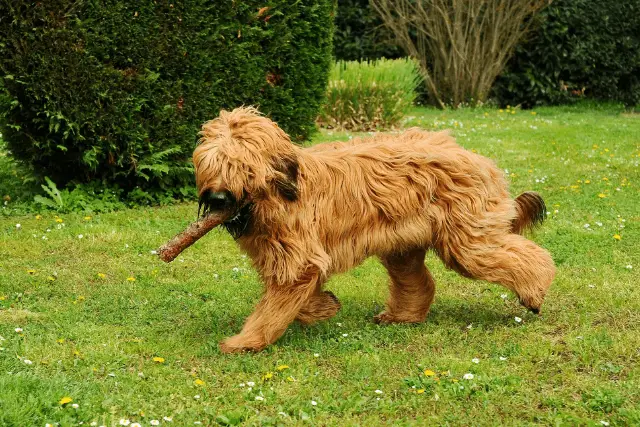
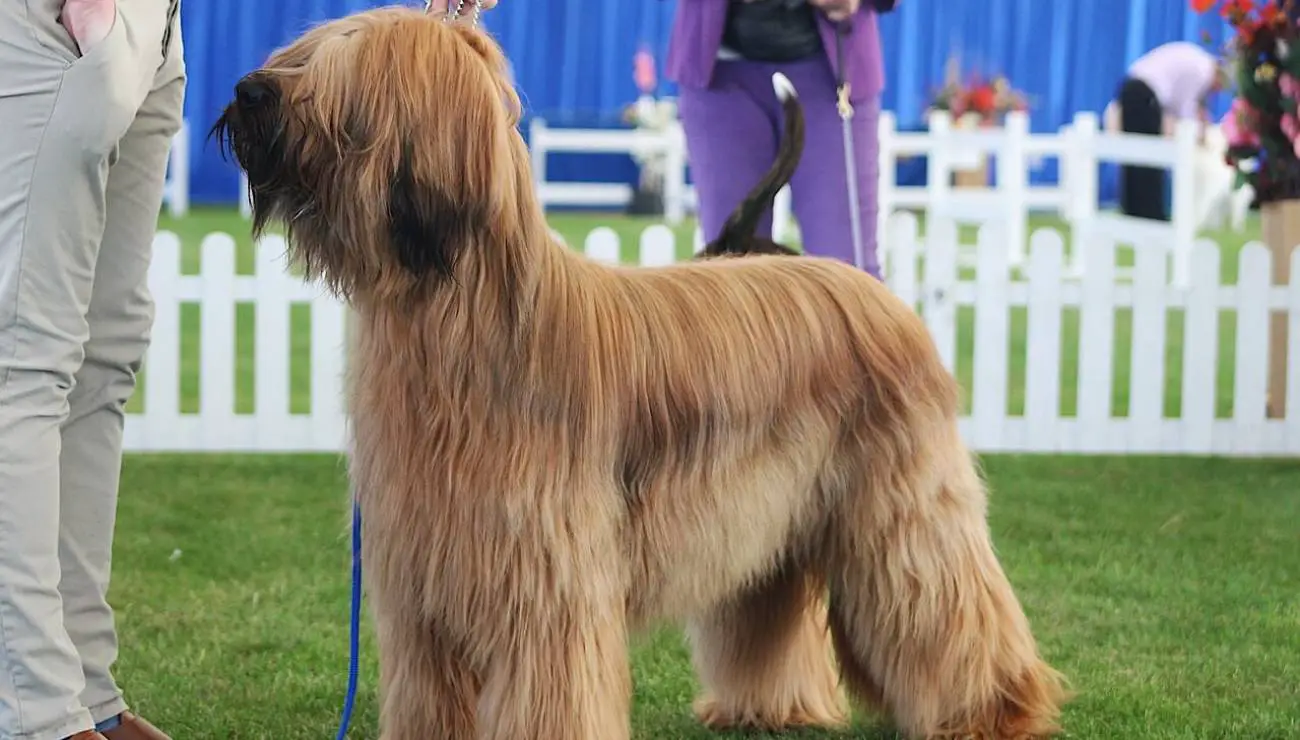
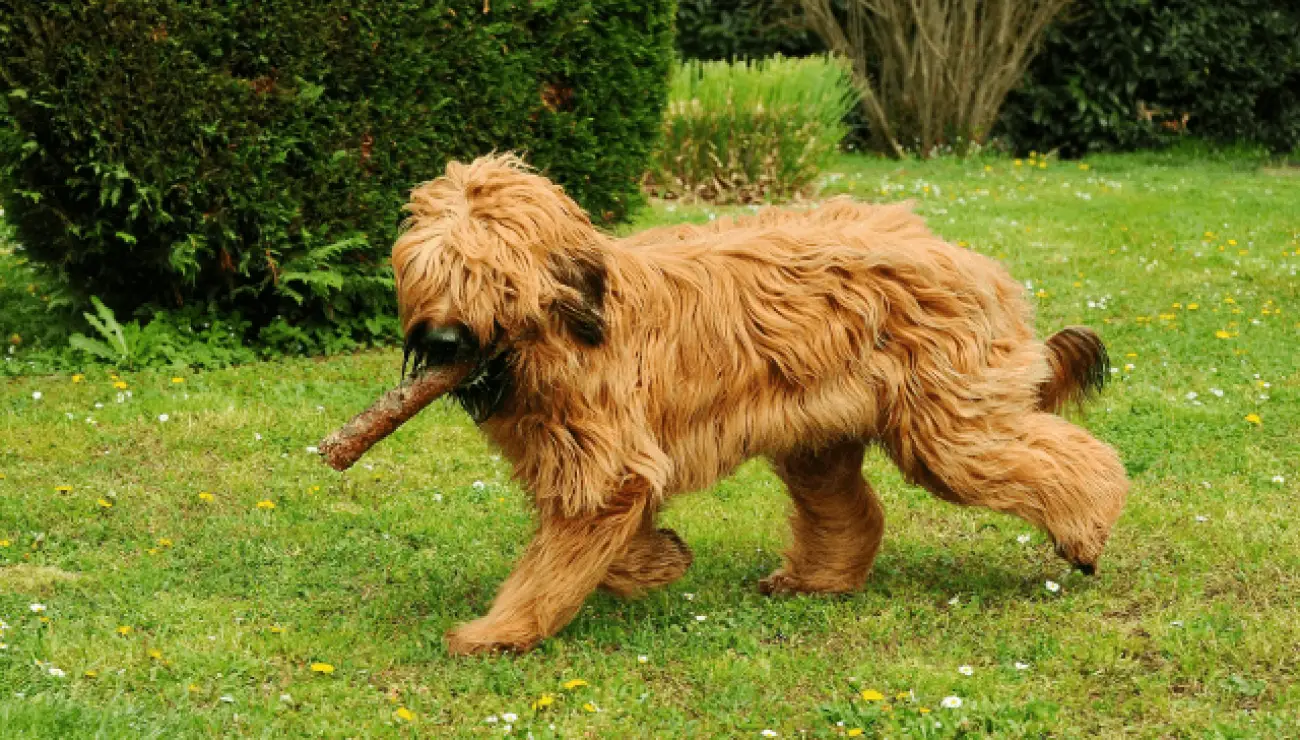
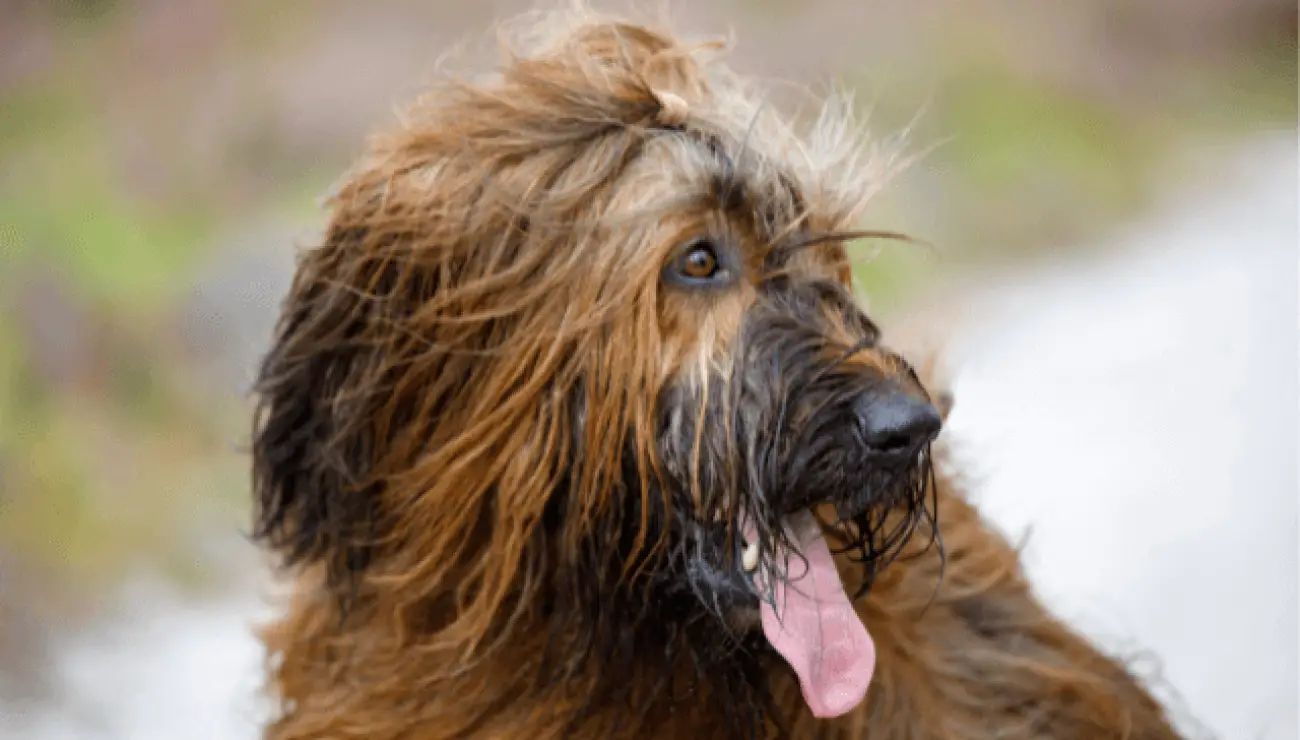
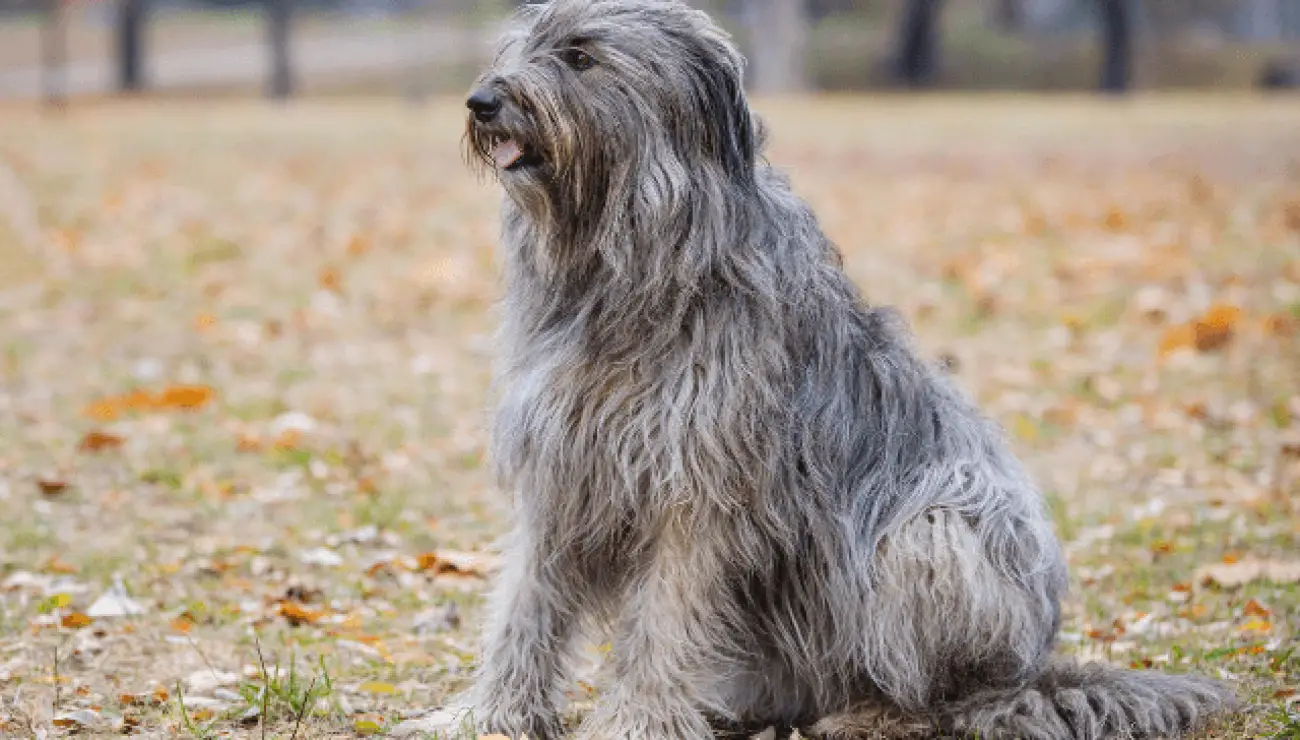
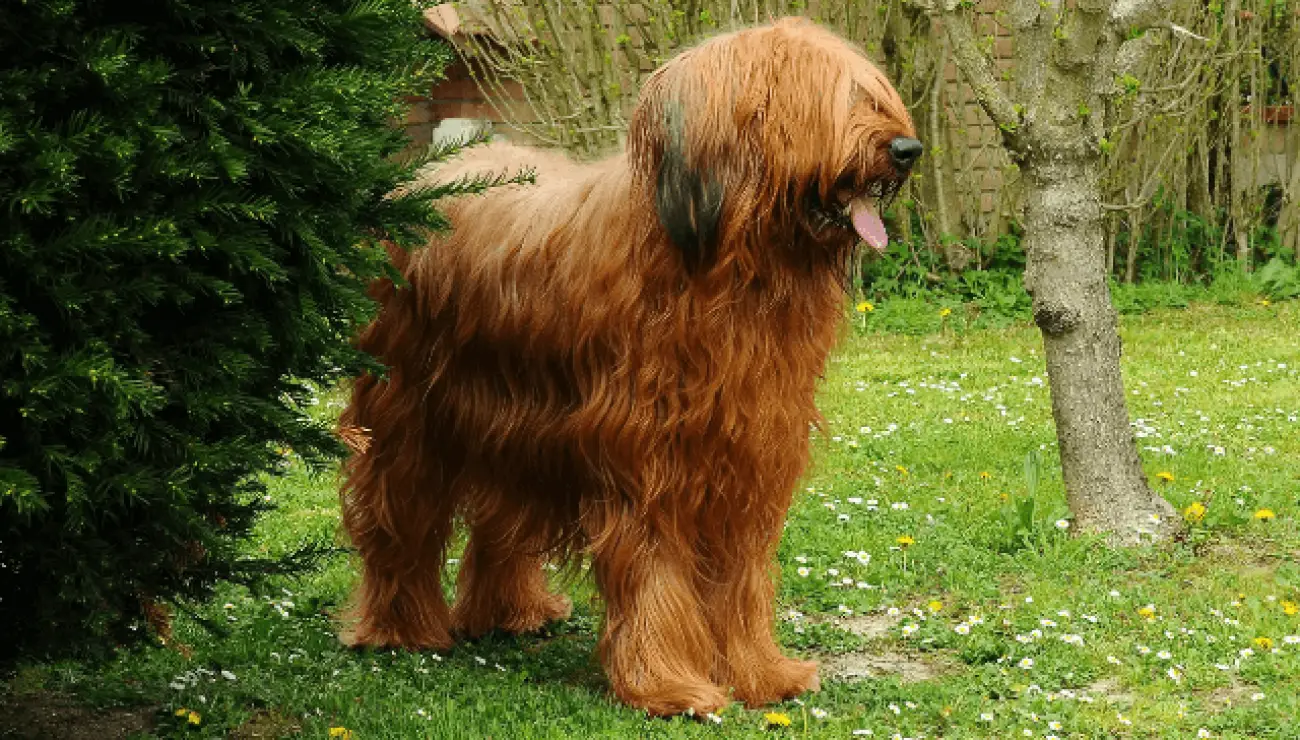











Share